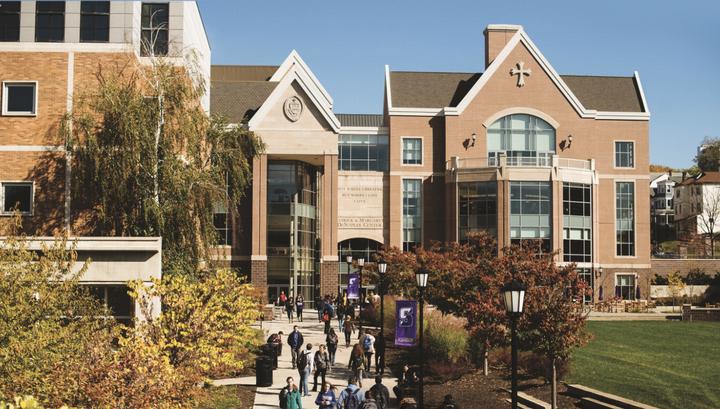The Cost Crisis in US Higher Education
American higher education faces mounting criticism over soaring costs, with tuition at both public and private universities reaching levels that saddle many students with substantial debt. This analysis examines the causes and implications of high education costs in the US system.

The American higher education system presents a stark paradox - it hosts many of the world’s top universities while simultaneously creating significant financial burdens for students. Average annual tuition varies dramatically between institutions: public universities typically charge around $10,000-15,000 for in-state students and $25,000-35,000 for out-of-state students, while private universities often exceed $50,000 per year.
These base tuition figures tell only part of the story. When accounting for room and board, textbooks, health insurance, and other living expenses, the total annual cost of attendance at many institutions approaches $70,000-80,000. This has led to the student debt crisis, with Americans now collectively owing nearly $1.9 trillion in student loans.
The high costs stem from several structural factors in the US system. Universities maintain extensive facilities, research programs, and student services that drive up operational expenses. Limited government subsidies, especially compared to other developed nations, push more costs onto students. The availability of federal student loans has also enabled universities to continue raising prices.
The impact varies significantly across different demographics. While elite universities offer substantial financial aid to lower-income students, many middle-class families find themselves in a difficult position - too wealthy to qualify for need-based aid but unable to comfortably afford the full price. This has contributed to declining college enrollment rates, particularly among middle-income Americans.
This stands in stark contrast to higher education models in countries like China, where government subsidies keep public university tuition relatively affordable. A typical Chinese public university charges annual tuition of around $750-1,500, with total costs including living expenses often under $5,000 per year.
The high-cost US model does offer potential returns through higher future earnings, particularly in fields like technology, finance, medicine and law where graduates can earn six-figure starting salaries. However, these opportunities are becoming more competitive, leaving many graduates struggling with large debt burdens without commensurate income potential.
Recent trends suggest this model may be approaching a breaking point. Enrollment has declined at many institutions as more students question the value proposition of expensive degrees. Some universities have begun freezing or even reducing tuition, while others explore alternative funding models. However, meaningful systemic change remains elusive without broader policy reforms around education funding and student debt.
The experience of American students highlights how access to higher education increasingly correlates with ability to pay rather than academic merit alone. This raises important questions about equity, social mobility, and the role of higher education in society that policymakers and institutions must grapple with moving forward.